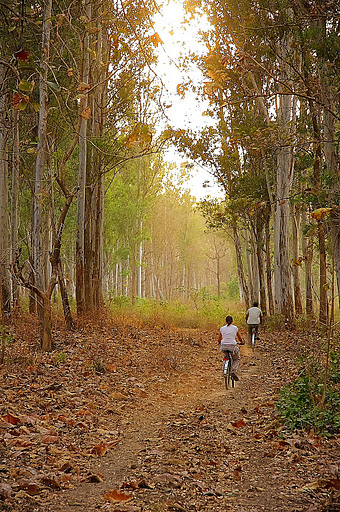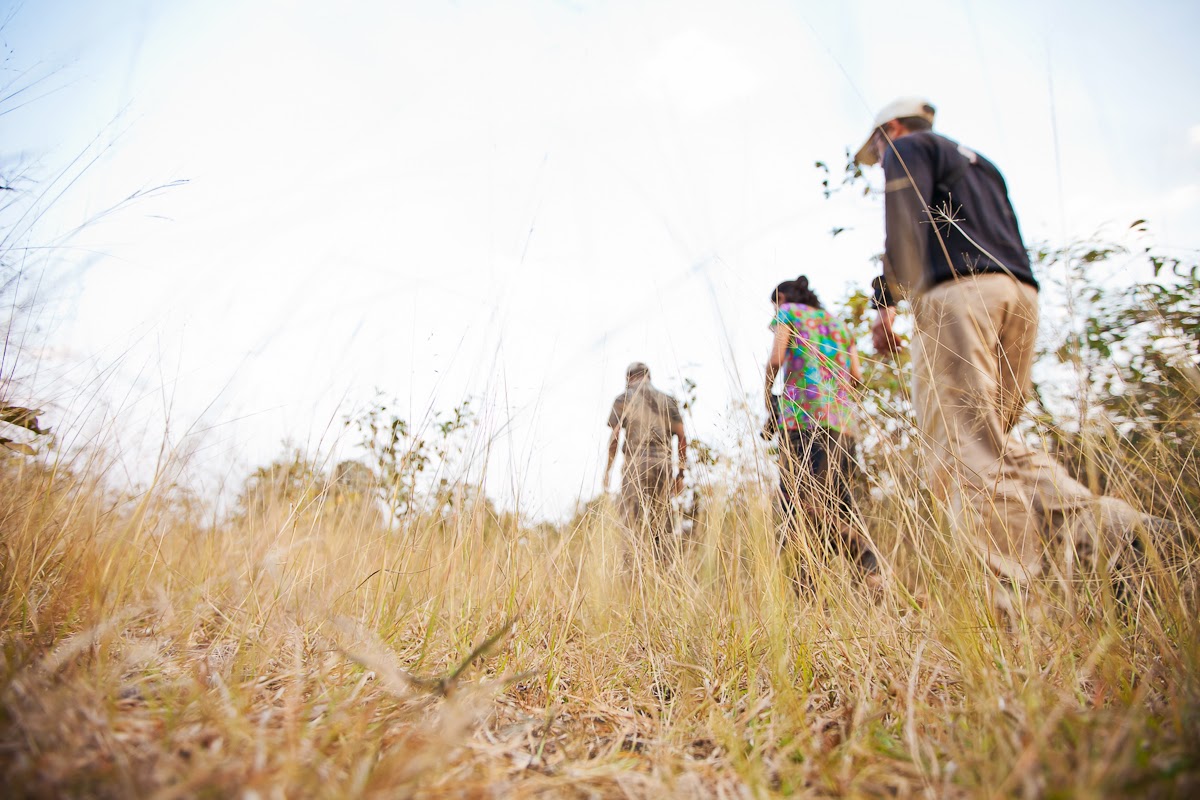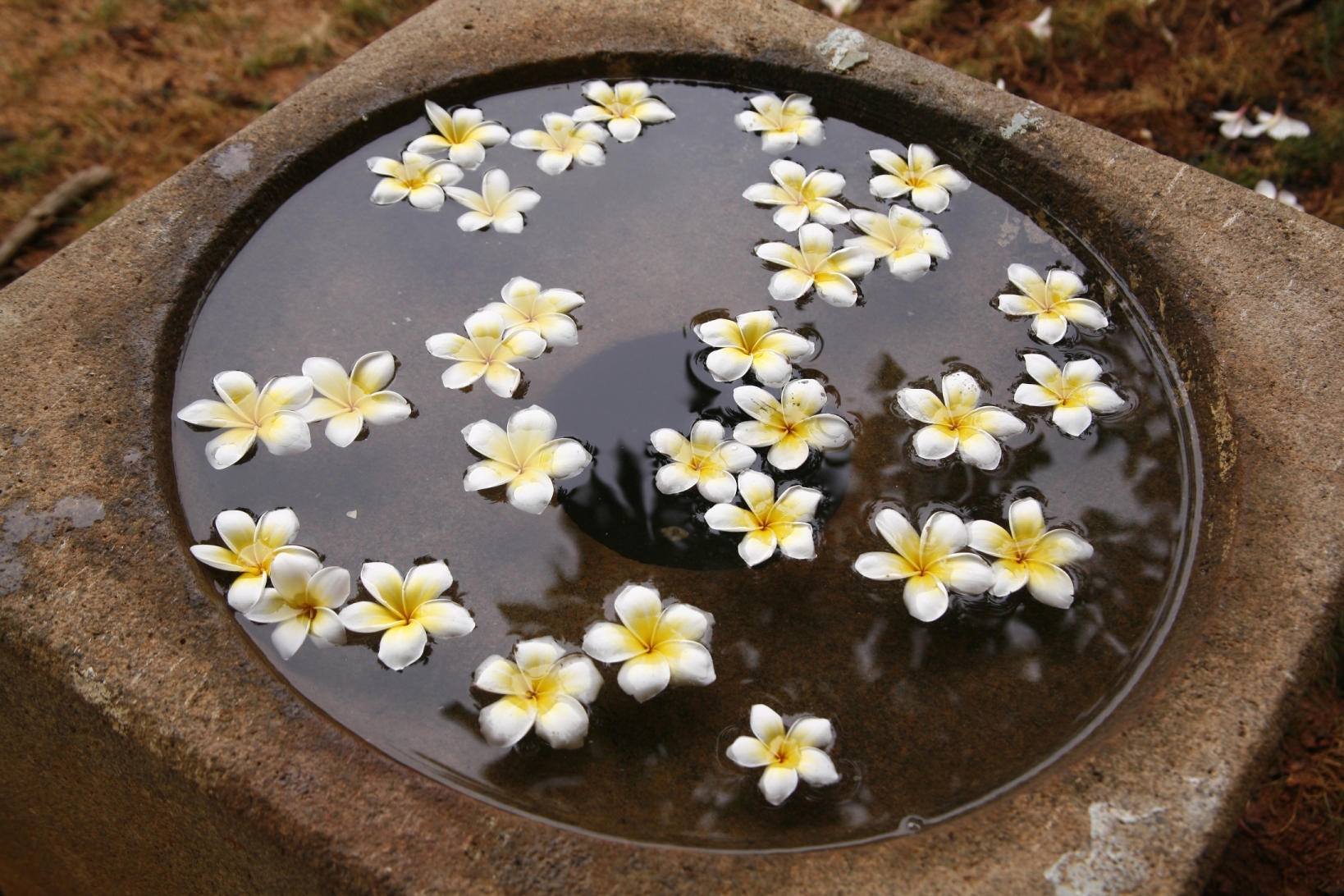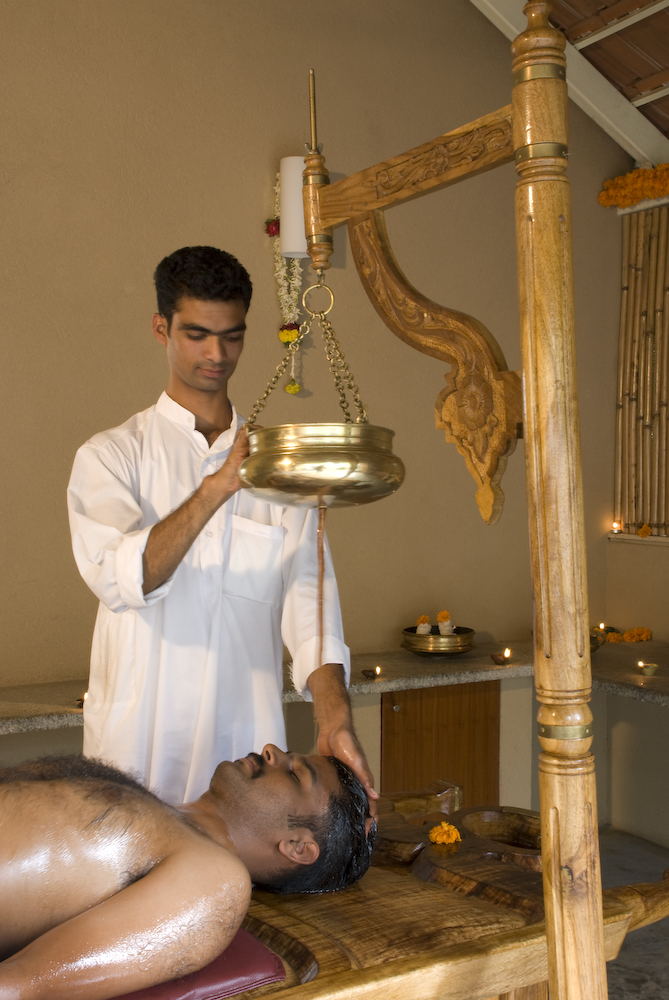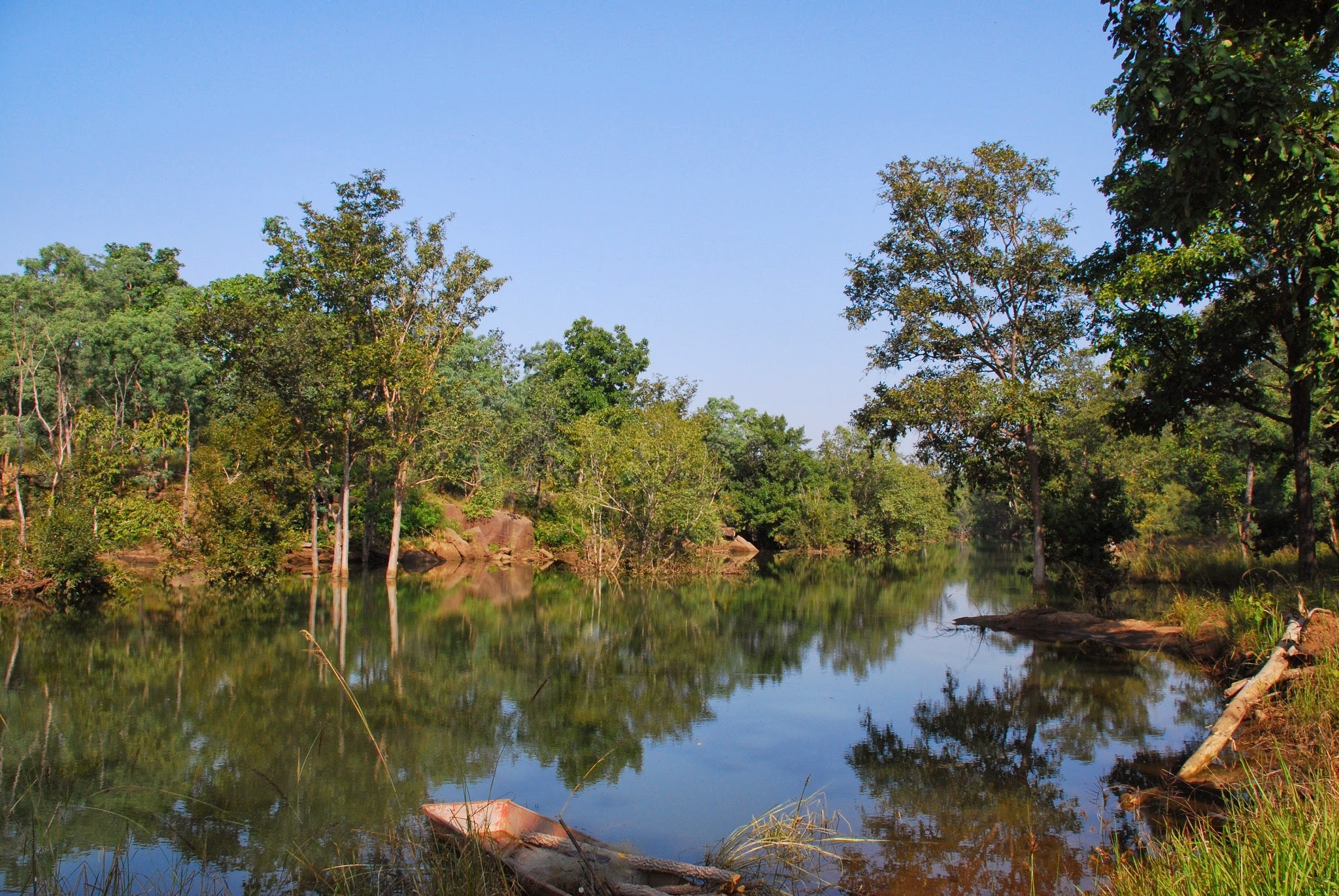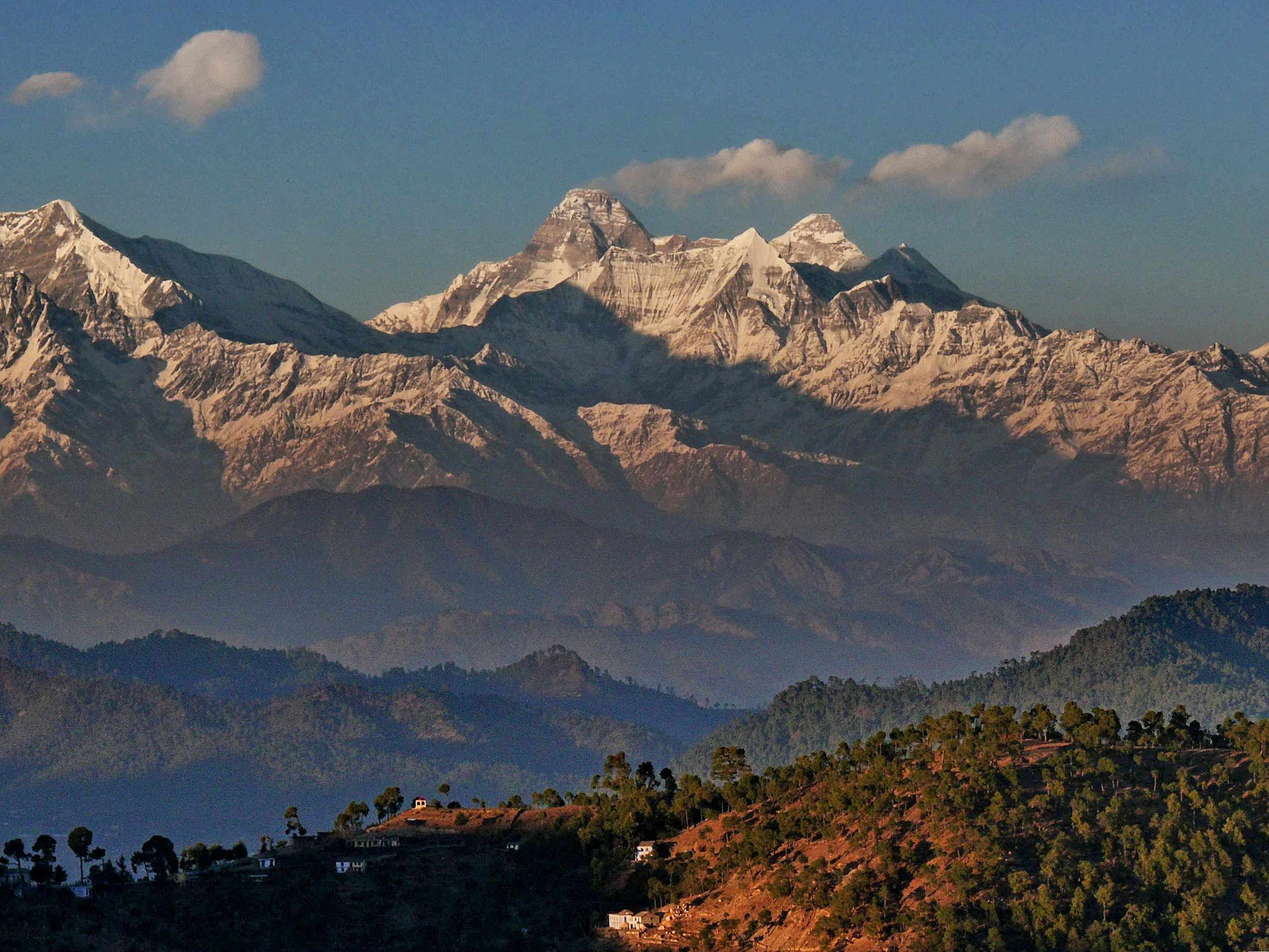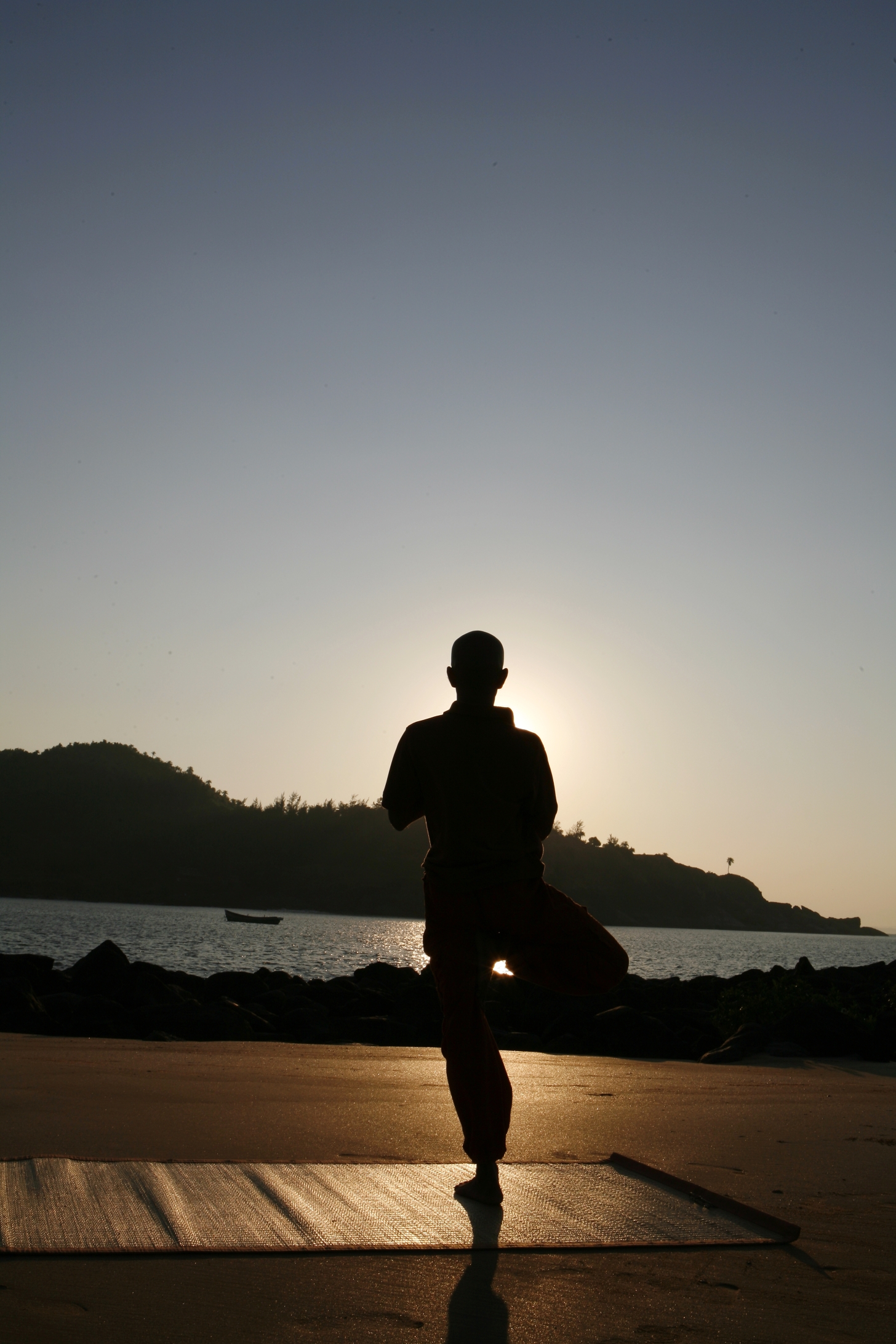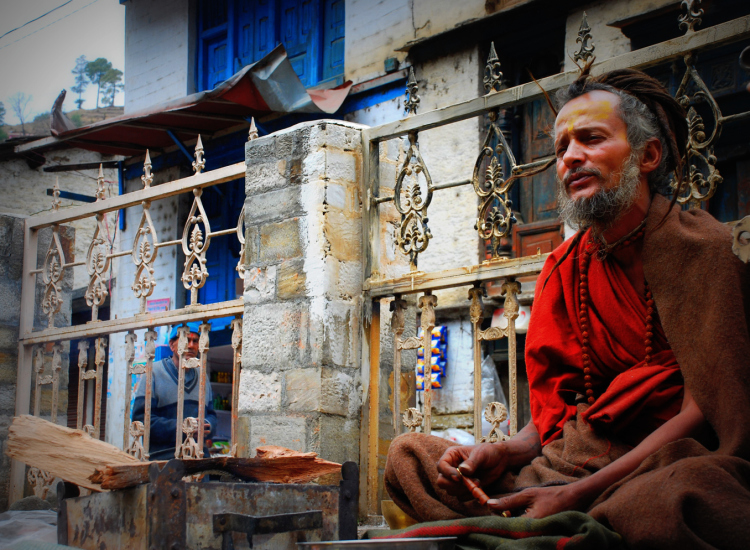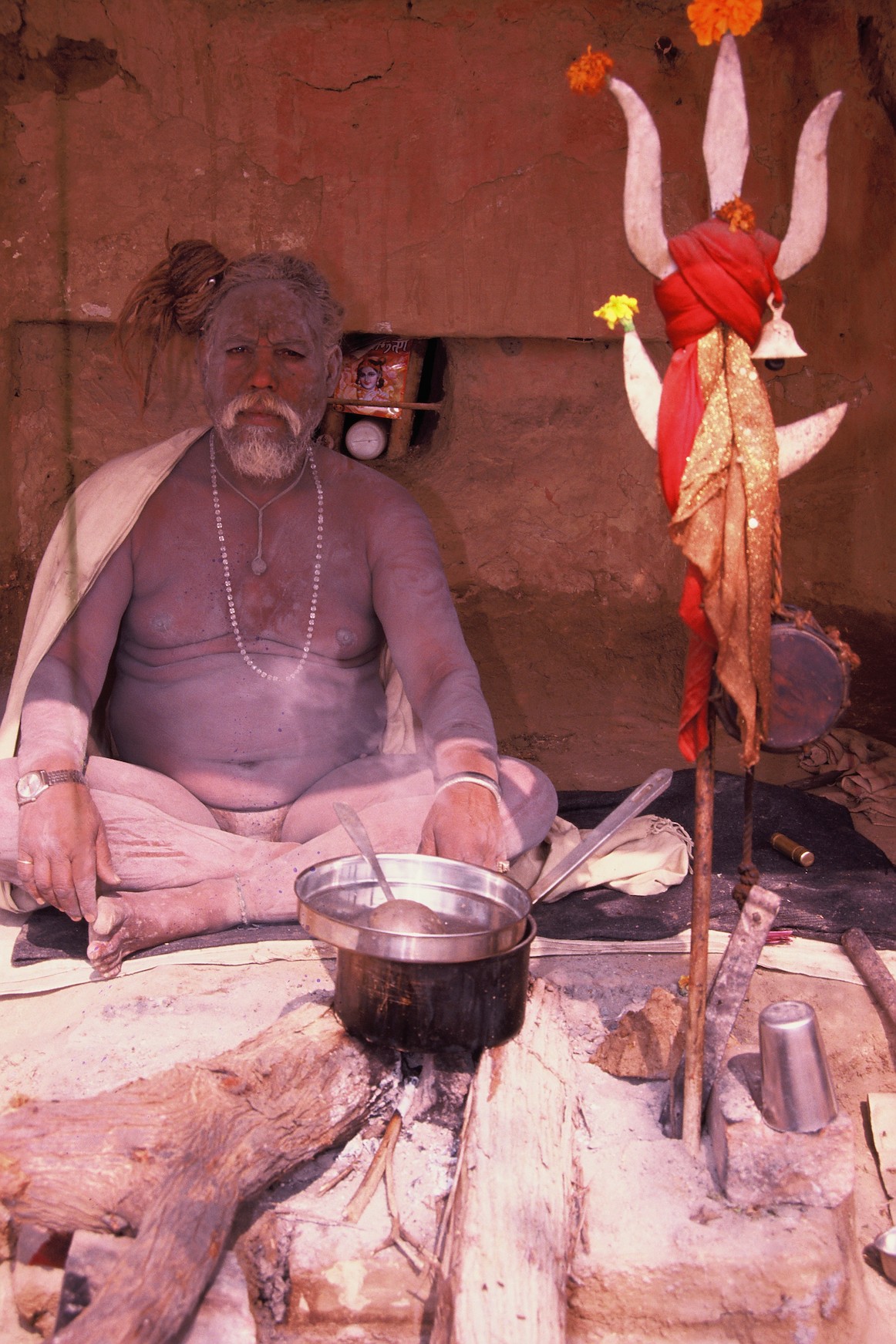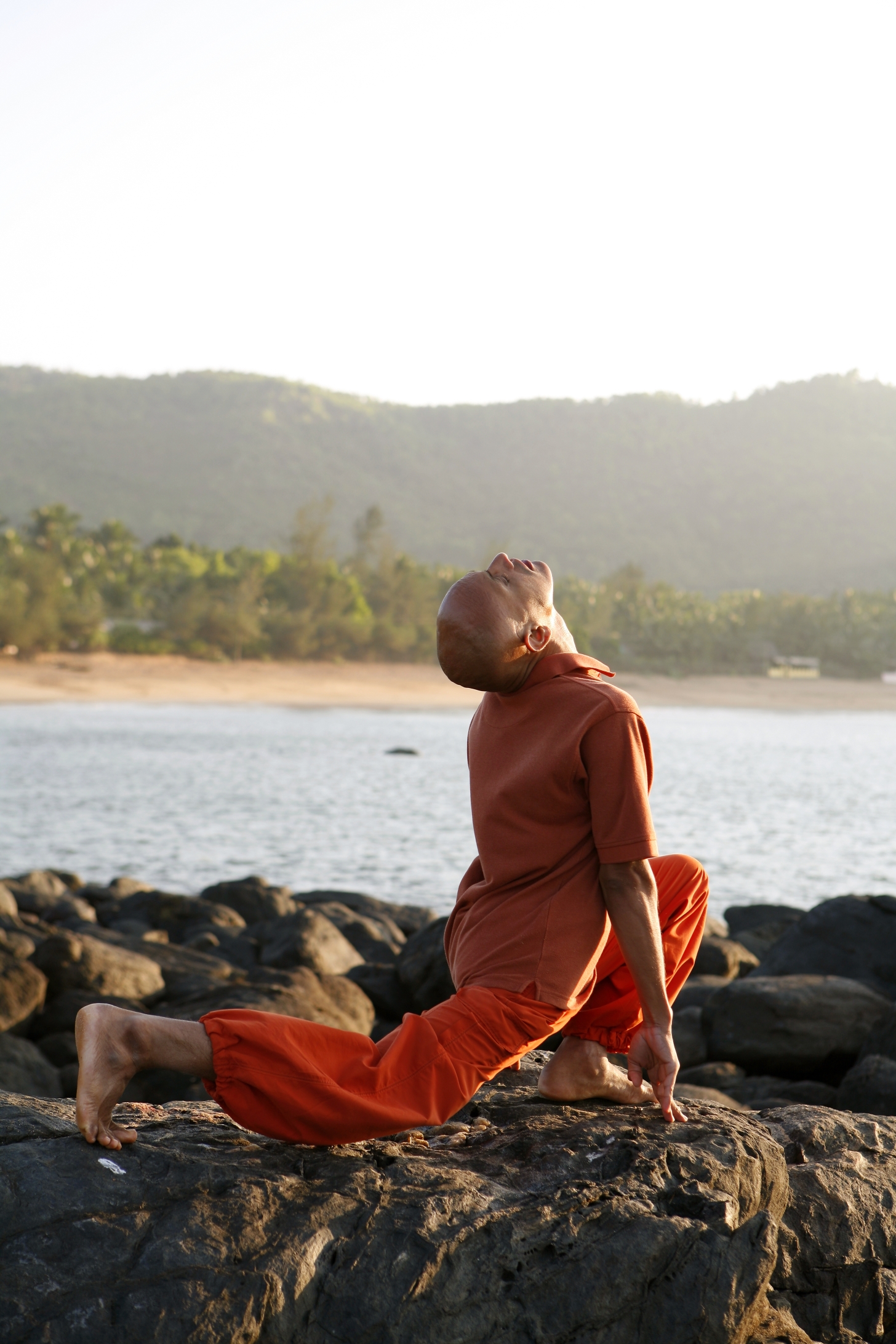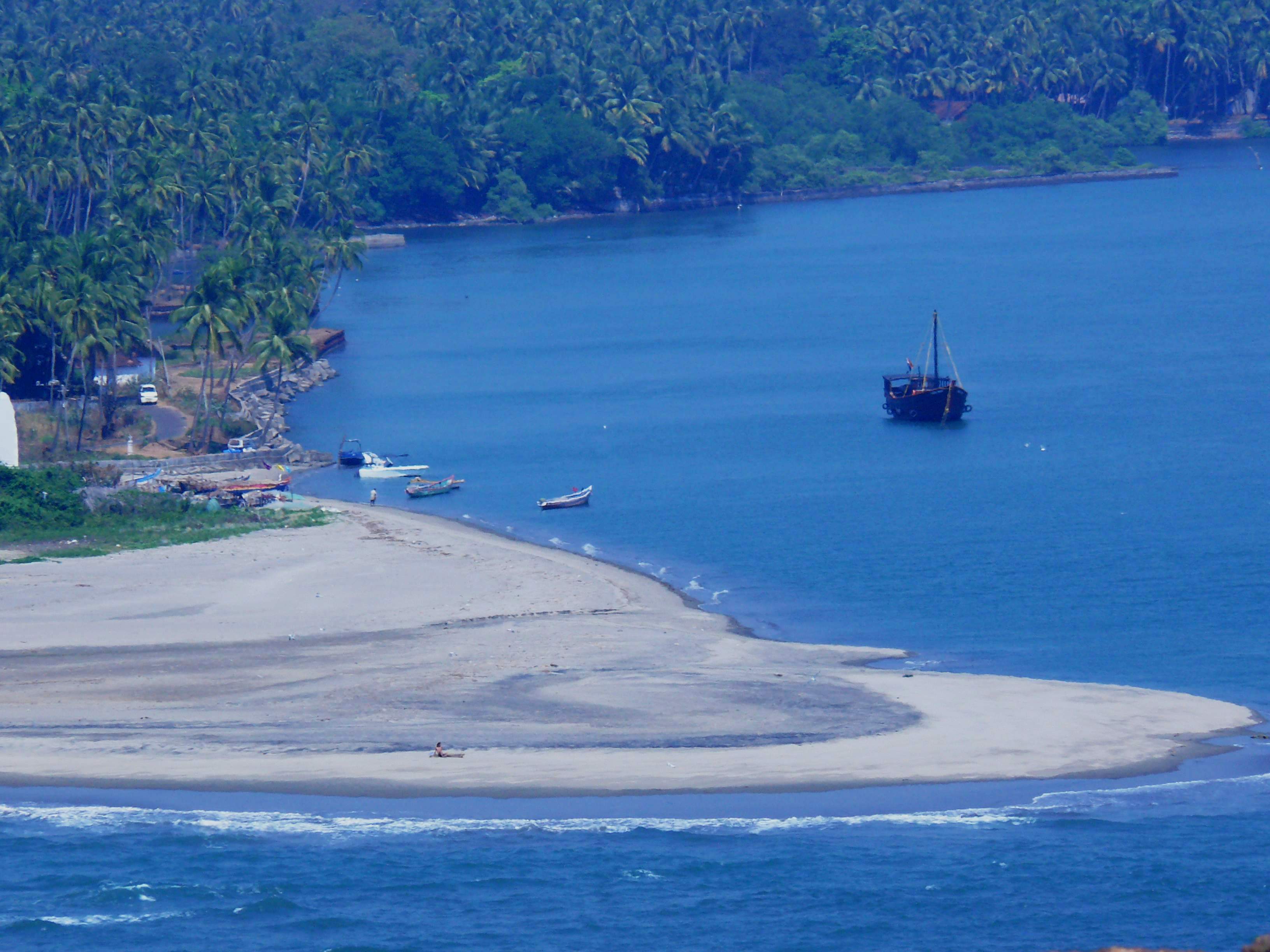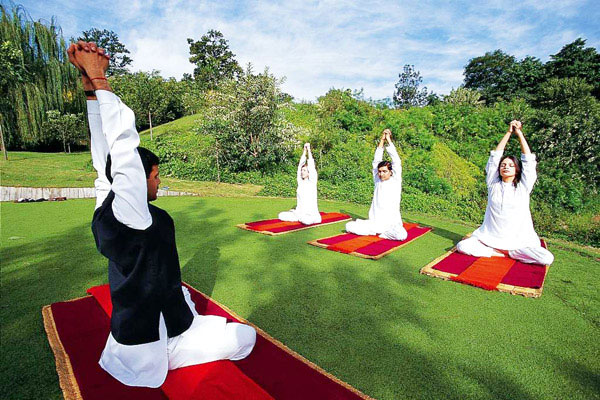Let your life lightly dance on the edges of Time like dew on the tip of a leaf.
– Rabindranath Tagore
The Girls from Guwhati…
One of the first things I learnt from our hosts in Guwahati (the capital of Assam) was the words Lahi Lahi, which signifies a slow pace of life. Guwahati was our gateway to the North East of India and Papori, a native of Assam, and her sister became not only our hosts but baptized us in the ways of the North East.
Papori’s sister fed us a sumptuous meal of local delicacies at her guest house, Shantiniketan, in an upscale neighborhood of Guwahati, and we stuffed our faces while the two sisters regaled us with stories of their childhood in Guwahati.
We then moved on to Prabhakar House, home of the gracious and charming Sheila Bora, which she has lovingly converted into a beautiful home-stay. A former teacher of tourism at the university in Guwahati, Sheila’s home is a reflection of her impeccable taste and has the intimate touch of a meticulous home owner who treats every visitor as her personal guest.
Prabhakar House, Guwhati, Assam
Sheila is a historian and an expert on the history and culture of the states of North Eastern India and has written a couple of books. She is passionate about it and shares her experiences and knowledge of the region with her guests over a cup of tea or an evening drink.
The Nine Celestials…
We ascended the steps to the Navagraha Temple in Guwahati and entered a sanctum that was utterly surreal. Nine Shiva Lingams emerge from the ground in a natural formation – each one representing a planet. The sanctum is high on energy and the sounds resonating out of the chanting were other worldly
Navgraha Temple, Guwhati, Assam
Call of the Wild…
As we traveled from Guwahati towards Kaziranga National Park, we broke journey briefly to visit the Pobitora wildlife sanctuary. Rhinos, wild buffaloes, wild boars, several species of butterfly, and around 350 species consisting of both endemic and migratory birds roam freely in this wetland wilderness, which sports the highest density of One-Horned Indian Rhinos today. In season, the silk cotton and cleome bursts into bloom and colours the tree-line a dusty rose hue.
A One Horned Rhino peers out at us through the elephant grass in Kaziranga National Park, Assam
Kaziranga is one of the most beautiful wildlife parks that I have visited. The safari takes you through divers landscapes of the Park that comprises of open grasslands with numerous water bodies, thick woodlands and high grasslands.
The main attraction is the Single Horned Rhino which has been brought back from extinction. Today this mammal is thriving at Kaziranga with about 2300 Rhinos in an area of 1000 Sq Km. The Big Five of Kaziranga include the Rhino, Elephants, Tiger, Wild Buffalo and The Swamp Deer. We spotted 4 out of 5 on our only drive, besides numerous varieties of birds and otters. The core area of Kaziranga’s forests has been increased to 1002 Sq. Km after the recent change in regulations brought about by the Supreme Court.
The Western Range and Central range each have a sizeable population of Kaziranga’s big five as well as several other species of deer, birds, otters and Chital Fish. The Eastern range has fewer mammals but is excellent for birding and has stunning vistas over the Brahmaputra River. The Far Western range is a new range that has been opened and is great to see Hoollock Gibbons, Capped Langur, Gangetic Dolphins, Malayan Giant Squirrels and Hornbills.
Our naturalist Babloo had an extensive knowledge of Kaziranga’s wildlife and was a keen bird spotter – a tremendous asset to have with us on our drive. The Diphlu River Lodge is the best place to stay in Kaziranga. The cottages are built on stilts using locally sourced material. All the rooms are set around a paddy cultivation within the property.
Sidewinding with the Dolphins…
Enroute from Kaziranga to Balipara one has the option of doing a ferry cruise on the Brahmaputra to view Gangetic Dolphins along with a local “boatman’s lunch” cooked by the boatmen on a small island in the river.
The South Asian river dolphin has the long, pointed nose characteristic of all river dolphins. Its teeth are visible in both the upper and lower jaws even when the mouth is closed. They are unique among cetaceans in that they swim on their sides. These dolphins are practically blind and navigate primarily using echolocation.
A River of Blood…
Tezpur has an interesting story connected with it’s name. It was called Sonitpur before a battle ensued between Lord Shiva and Lord Krishna. It’s a mythological story that involves the Grand Nephew of Lord Krishna Aniruddha and the daughter of the King of Sonitpur, Vanraja. The daughter wanted to marry Krishna’s grand nephew, Aniruddha but the father refused and sought the help of Lord Shiva to wage a battle against Lord Krishna. And the blood that was shed in the battle gave the town its name, TEZPUR, as TEZ in Assamese means blood.
Living The Plantation Life…
We checked in at the Wild Mahasheer, which is a collection of Managers Bungalows on the Balipara Division of the Addaparie Tea Estates. Meals are served in the main restaurant called First Flush built like a glass house. It has a wonderful display of tea tasting paraphernalia and the different variety of tea grown in the Balipara estate.The accommodations a very comfortable with old world décor and furniturel. Each bungalow has a living area and bed rooms with attached facilities. A sit out and a garden complete the experience of staying in a British Raj estate bungalow.
The tea gardens of the Addaparie Tea Estate, Beliappa, Assam
Wild Mahaseer is a destination unto itself and from here, one can indulge in a range of activities that make memories of a lifetime. Whether its heading to afternoon tea in the middle of a tea-estate on elephant back, or river-rafting on the Jia Bhoroli with a visit to Nameri National Park, a cooking session with the chefs, or a stroll through some of the Mishing tribal villages located close by.
On the ground in Ziro…
Most of the drive is through wild banana and bamboo forest, with occasional pine trees when one is at a height. The drive is through peaks and valleys, some of which are home to beautiful groves of orange trees.
An Apatani Tribal Elder, Ziro, Arunachal Pradesh
We started our day in Ziro with a visit to the Apatani village. We met our guide Mischi enroute, who is a member of the tribe himself. The Apatani’s pray to Doni Polo which means Sun and Moon. Their homes are made entirely out of Bamboo. Each family owns a Bamboo plantation. Each village has a clan head who settles small disputes. The Shamans conduct elaborate rituals and animal sacrifice seems an integral part of their lives, be treating a sick person, performing a wedding or celebrating a festival. Right from chickens, to pigs, to monkeys, dogs or the mithun cows, the sacrifice it all. Just hearing all this from our guide gave me goose pimples. I wonder how they must be living it. But that’s what life is about in these tribes. They are very particular about all these rituals and believe that perils will fall on anyone who does not follow them. The people of Arunachal Pradesh have migrated from different parts of North Eastern states and some other countries such as Nepal, Bhutan, Myanmar and further east such as Mongolia and China. They were basically a race of hunter-gatherers as nothing much could be cultivated in this land and hence lived out of what was available in the forests. These villages are undergoing a transition period where the old homes are now being re-built in the same style with modern touches.
Our last spot for the day was the tall Shiva Lingam. I believe it’s the world’s largest lingam. It’s a located at a short drive from the town at an amazingly beautiful spot. It’s a natural formation of the Shiva Lingam with an Elephant head signifying Lord Ganesha and a Nandi formation on either side. We ended the day spending an hour with our guide Mischi in his uncle’s house in typical Apatani tradition sitting around a fire and chatting while the family and mischi drank rice beer.
Black Apong and in the Blue Yonder of Passighat…
Yane Dai is an old timer in the travel business who has pioneered adventure travel in Arunachal. Her husband (a look alike of Danny Denzongpa) was a bureaucrat in the Arunachal State government. A well read and knowledgeable person who can interact well with guests , he is a mine of information on the North East history and culture. Dinner with Dai and her husband (cooked by their son Neno) was a great experience. We learned quite a bit about North East and particularly Arunachal tribes etc. But the best part was the Black Apong. This is a local liquor that that is made of fermented rice processed with smoke and ash. It was delicious and tasted like vintage white wine. With that they served boiled beans marinated in chilly and ginger sauce. It was simply superb.
We started the next day with a simple breakfast and proceeded with Nino and his brother on a three kilometer hike across the Siang River to visit the villages of the Adi Tribe. This was one of the best moments on this trip. A very challenging experience as it involves hiking through some challenging terrain. The first part was all downhill and then crossing the bamboo bridge on the Siang, which is certainly a thrilling experience. The actual trek starts once we cross the bridge, with beautiful views of the river and the mountains on one side and wilderness on the other.
Braised in Bamboo…
Today we had an organic tribal cuisine lunch. A rewarding experience after all that walking and hiking. The meal was entirely cooked using Bamboo tubes and indigenous herbs and spices which made it delicious. The dishes included sticky rice, dry banana flower, lentils cooked with yam, boiled spinach with garlic and a pork dish specially cooked for the meat eaters. The meal would have been incomplete without the home-made Apong.
Picnic lunch cooked in Bamboo tubes
Striking Black Gold in Digboi…
We then drove upto DIGBOI, the first oil township of India. This is where oil was first explored and found by the British in 1889. Indian Oil established a museum at Digboi to commemorate 100 years of India’s Oil Heritage at Digboi. This is one of the most interesting museums to visit and learn about the explorations by the British and the establishment of the Burma Oil Company in the late 19th Century.
Digboi also played an important role for Allied forces during the 2nd world war as they built bunkers to save the Allies from air raids conducted by the Japanese. There’s also a war memorial dedicated to soldiers who laid down their lives during the war.
Not far from Digboi is the Stillwell road that was built during the 2nd world war to connect India with China through Ledo in Arunachal Pradesh, as the Japanese had blocked the Burma route. The road is named after General Joseph Stillwell who was then the commander of the Allied forces in the area.
Birding with Benu da…
Dibru Soikhowa is the story of one man’s efforts to protect and promote this riverine Island which is home to some of the rare species of birds such as spotbills, bar headed geese, ruddy shell ducks, greater cormorants, mallards, common teals etc.
Benu Da as he is fondly called by his people, dedicated his life to conservation efforts in the area which brought nature lovers from different parts of the country and this world to this place. Like many conservationists Benu also has a past with poaching but soon realized that he rather spent his time conserving the area. Initially he faced a lot of resistance from the system and the people but slowly overcame all that to put this place on the wildlife tourism map. Excursions are done using a boat to cruise around the park and get off the boat for a walk inside to see grassland birds as well as a wide variety of orchids.
Orchids in the wild
You can leave your hat on…
We spotted a Nishi tribal on the way and stopped to take pictures. Apart from his headgear which was typically Nishi, the rest of his attire was absolutely modern. Infact he was looking great in his jacket and trousers and his traditional headgear, gazing at his cell phone, while I was photographing him. I have been wanting to sport a headgear like that ever since. Hope I find it at Hornbill Festival.
The driving experience in Assam is very pleasant during this time of the year, as the countryside is beautiful. The paddy is ready for harvest and we see farmers and the women folk working on the fields. The entire stretch of drive from North Lakhimpur to Passighat consists of wetlands on one side and paddy fields on the other. We also see people fishing in waist deep waters. Their techniques are fascinating to observe.
Coming home after a day in the fields, Majuli Island, Assam
The Ahom Ancients of Assam…
Sibsagar was the capital city of the Ahom rulers of Assam, and while much of the Ahom heritage has faded into oblivion, we are lucky to find a local enthusiast who tells us about this ancient reign. Our history teacher for the day, Anant, a news reporter for a local channel called Parag TV. He is an enthusiast who has a keen interest in the history of Sibsagar. A self-taught and self-styled story-teller, he recounts the history of Sibsagar’s history, architecture and heritage with immense pride.
Ahom Architecture
Anant recounts several stories from local lore and one that impressed me was about the Dola Muslim community who are invited to play drums at the Devi temple during Durga Puja. In appreciation and gratitude of their participation they are offered a part of the sacrificial goat. This tradition had briefly been stopped due to Hindu / Muslim communal issues until it was reinstated recently.
Another interesting tale was about the Joy Dol which was our next stop. The Joy Dol was built in the memory of Joymati the wife of Gadhadhar Singha one of the Ahom rulers.
We then drove to a Shatra a Vaishnavite monastery. This one was special as it is also the residence and work place of artists who make masks that are used in the dance performances based on stories from Indian mythology.
The Vaishnavite Community, Majuli Island, Assam
These monasteries also house the NAM GHOR. The Nam Ghor’s are places of spiritual gathering where there is no idol worship like in temples. Instead they place the Bhagwat Gita in the sanctum and people sit in a circle and chant versus from the Gita. A kind of community prayer.
Majuli Masquerade…
We took a ferry from Neemghat on the mainland to Majuli Island, the largest river island in the Brahmaputra, and home to a fascinating community of Vaishnavites. We disembarked our ferry and set out for the Vaishnavite Satra. Majuli is the largest river island measuring approximately 1200 Sq Km. However due to a unstemmed erosion, the island has shrunk to approximately 890 Sq Km. It’s a great place for birders and ideal for walking and bicycling activities besides exploring the neo-vaishnavite culture of this island. One of the best times to visit Majuli is during the Raas festival that is held during the full moon after Diwali when the Raas Leela is performed throughout the island.
At this Satra, we saw artists creating idols for Gayan Bayan which is a live art form in which the monks perform using cymbals and drums, which evolves into a traditional form of musical performance art, practiced within the Vaishnavite community in Assam.
We also meet the master artist who demonstrated the art of making masks as well as using them in the dance form of Bhauna and spiritual Raas performances. It reminded me of Kathakali in Kerala, except that in Bhauna they use face make up and masks to represent characters from Indian mythology.
Over the years they have also improved on the model of these masks to give a real touch while enacting scenes.
Masked dancers, Majuli Island, Assam
Majuli also has a big population of the people of missing tribes who eke out their sustenance along the banks of the river. Their homes are typically tribal in design and made of bamboo. This is one of the best examples of sustainable living.
